Hunters and wildlife lovers will no longer be allowed to use trail cameras for hunting big game animals in the Beehive State. The measure passed with a 4-3 vote by the Utah Wildlife Board, which also banned the use of thermal imaging night vision devices.
The board has the power to institute such bans thanks to HB 295, passed by the state legislature in 2021. The legislation, which went into effect on May 5, tasks the Utah Wildlife Board with establishing rules governing the use of trail cameras by hunters and in association with hunting. The law also made it illegal to bait animals for hunting.
To help guide their decision, the Utah Division of Wildlife Resources (DWR) surveyed 8,994 big game hunters to get feedback on trail camera proposals, of which 2,342 responded.
The survey results showed that while 51% of the respondents approved of using trail cameras with internal storage for hunting, roughly the same number also thought some regulation would be a good thing.
More than half of the respondents said they do not hunt with trail cameras.
“We know where they bed down, we know where they water, we know where they feed. We’ve taken a little bit of the hunt out of hunting.”
—Utah Rep. Casey Snider
Utah State Representative Casey Snider of Paradise in Cache County was the lead sponsor of the bill and a vocal proponent for the ban, which he considers an ethical move.
“One of the things that’s always been important to me, and it’s why I enjoy hunting, is there’s always been this notion of a hunting ethic and fair chase,” Snider said in an interview earlier this year. “If it was just about killing, we could probably all just go to the grocery store, but it’s about something more than that.”
Snider also serves on DWR’s Regional Advisory Council for northern Utah and believes baiting and cameras degrade big game hunting.
“You can’t go to a waterhole without a dozen cameras on it and the forage,” Snider said. “I’ve got people who’ve called me and said, ‘You want me to pull 90 cameras off the mountain by Aug. 1?’ And in my head, I’m thinking, ‘You have 90 cameras? Like, you’re the reason I have to run this bill.’ These animals are literally documented 24/7. We know where they bed down, we know where they water, we know where they feed. We’ve taken a little bit of the hunt out of hunting.”
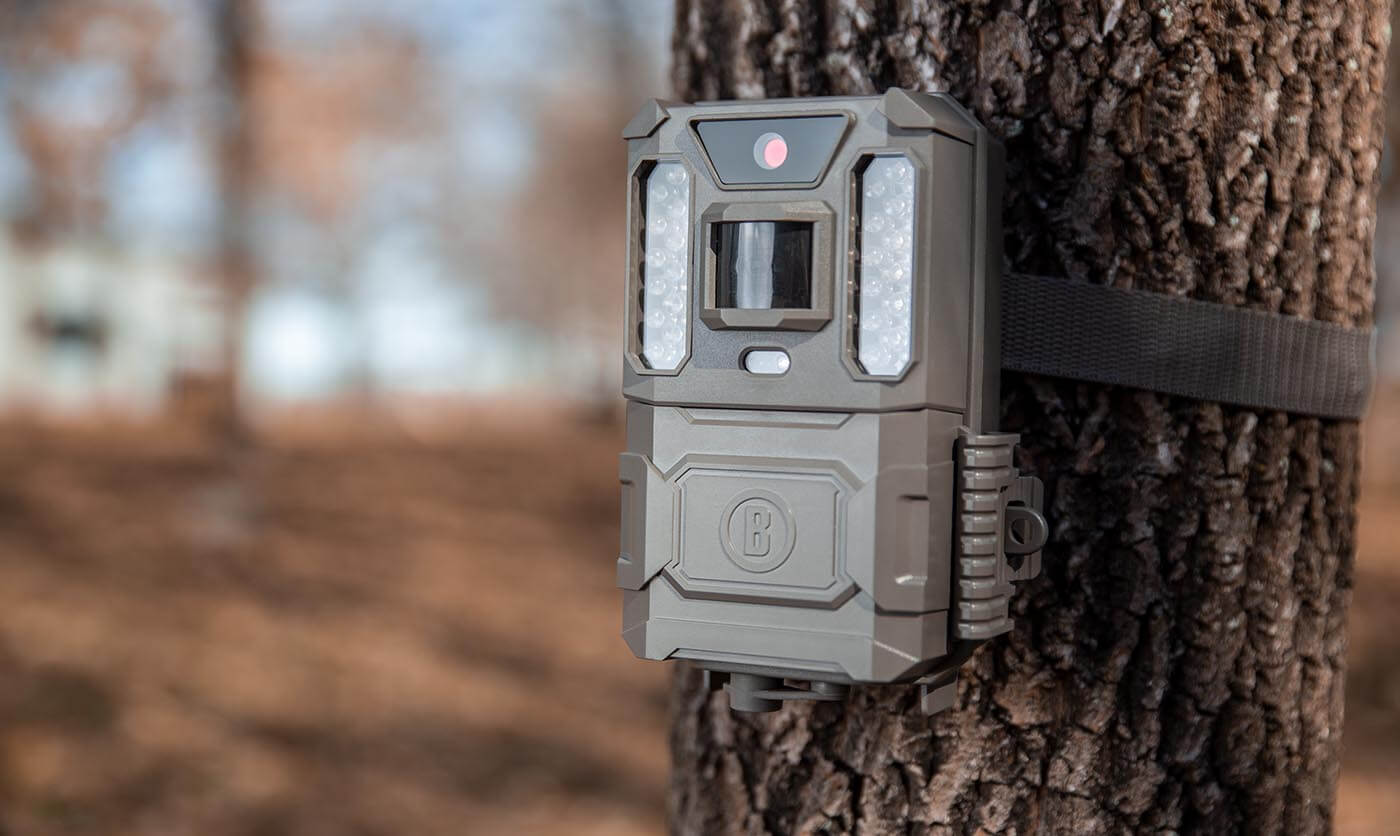
The new ban will be in effect from July 31 to Dec. 31 and applies to cameras with internal storage memory as well as wireless cameras — those that transmit images to the hunter’s cellphone. The ban does not apply to private landowners monitoring their property and agricultural operations or municipalities participating in the urban deer program, but it does apply to most hunting on both private and public land.
According to Ryan Carter, an elk outfitter in southern Utah, the problem with the ban is two-fold. There’s no scientific basis for the change, and it’s only going to hurt the DIY hunter, a group that doesn’t fall into Snider’s target audience.
“There was nothing showing that motion cameras affect wildlife whatsoever,” Carter said. “This is a law pushed through by people, for people, not on the animals’ behalf. There’s no science here.”
“It’s going to hurt the guys that waited 20 years to draw that tag,” Carter said. “It’ll cripple those guys. They can’t scout like I do. They don’t have the time. They might have five cameras, but they don’t know their rut patterns. They don’t know where they go. They don’t know what they’re doing. It’s going to cripple the DIY hunter.”
Wade Heaton, an Alton-based outfitter and one of the no-votes on the wildlife board, worries that it shuts out camera users who don’t use them for hunting.
“There’s a lot of people that love to just get outdoors and do their niche, and trail cameras are a niche for a lot of people,” said Heaton. “I’ve had several families reach out to me and say, ‘That’s just what our kids do. We can’t draw tags anymore, so we just run trail cameras, and that’s our fun. We get those [memory] cards back, and it’s Christmas morning.’ I don’t want to see us start to further limit people’s enjoyment of the outdoors just because there’s a problem here or there. I just can’t get there.”
Kevin Albrecht, Utah wildlife board chair, was the deciding vote and wasn’t swayed by Heaton’s position.
“If we just kick it down the road because we don’t want to affect some of those people that just enjoy using cameras,” Albrecht said. “It’s going to come back in a way that we may not appreciate. So I think the time to act is now.”
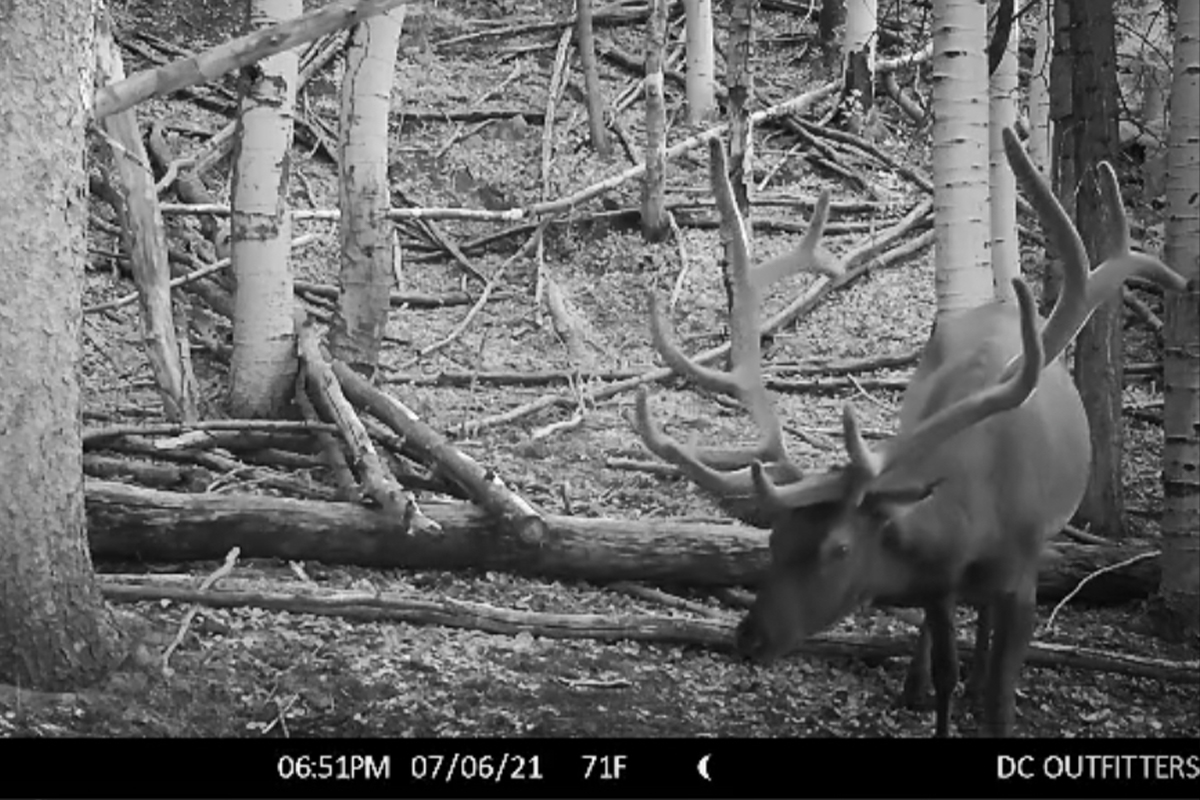
While more than half of the respondents favored some sort of regulation of trail cameras, the survey results show a significant difference between the public’s appetite for traditional, internal storage cameras versus wireless cameras, offering a potential middle-ground compromise in the future.
Regarding wireless trail cameras, 67.4% said they oppose their use. On the other hand, internal storage cameras were actually supported by more than half of the respondents, with another 15.4% staying neutral on the issue.
Now that the law has been made official, it will be interesting to see if the response from the Utah hunting community is one of ambivalence, concern, or outrage — and whether it motivates more involvement when reg changes like this come to the table.
Currently, Nevada and Arizona are the only other states that have a full ban on the use of any trail cameras for hunting purposes. Montana, Kansas, New Hampshire, and Alaska all have partial bans, prohibiting the use of wireless or cellular cameras during the season.
Read Next: To Trail Camera or Not to Trail Camera: What Arizona Ban Means for Hunters

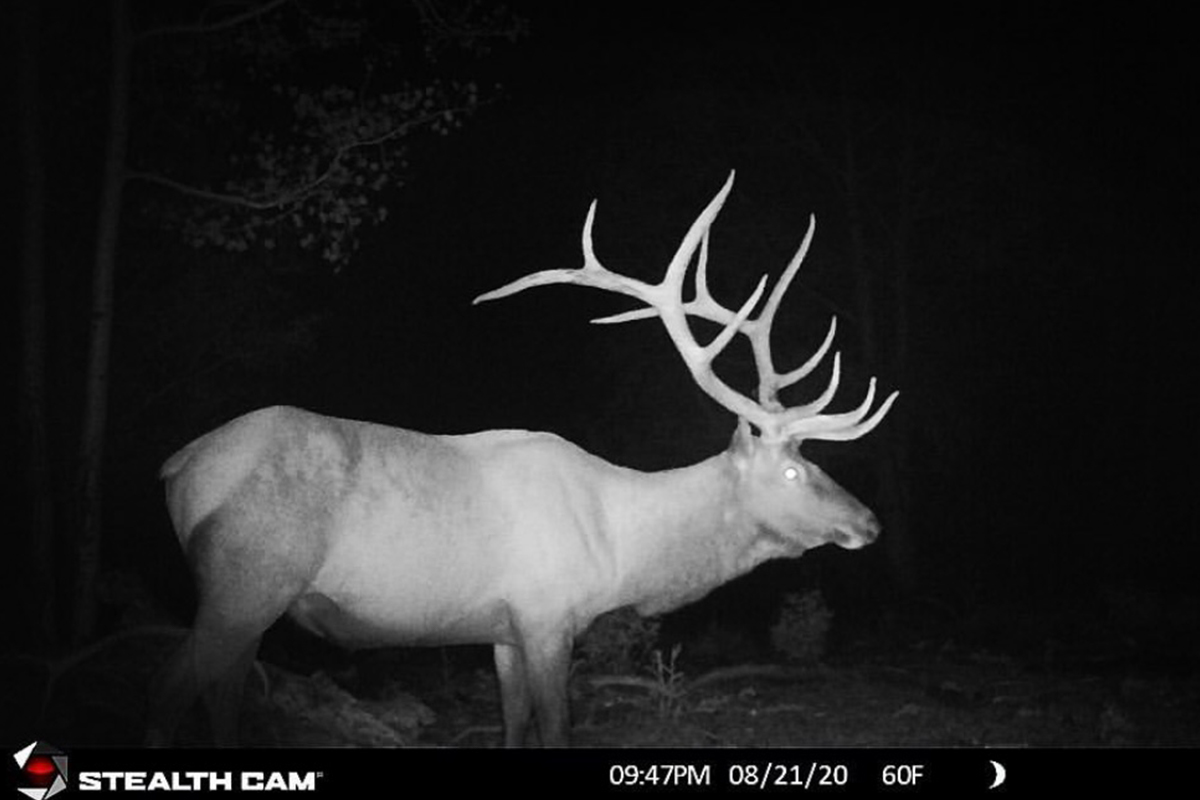

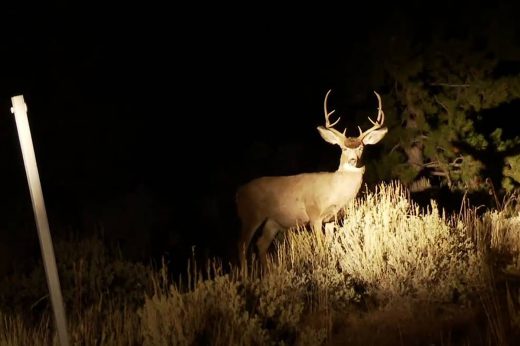
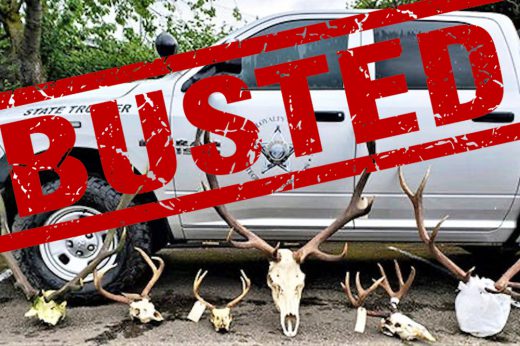
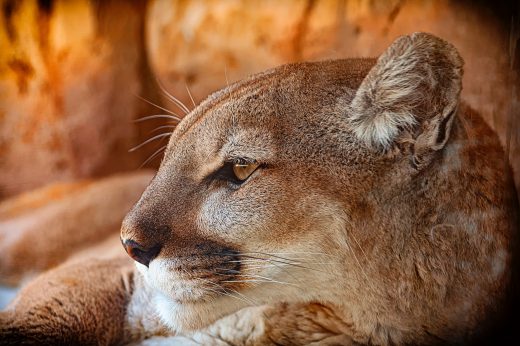


Comments